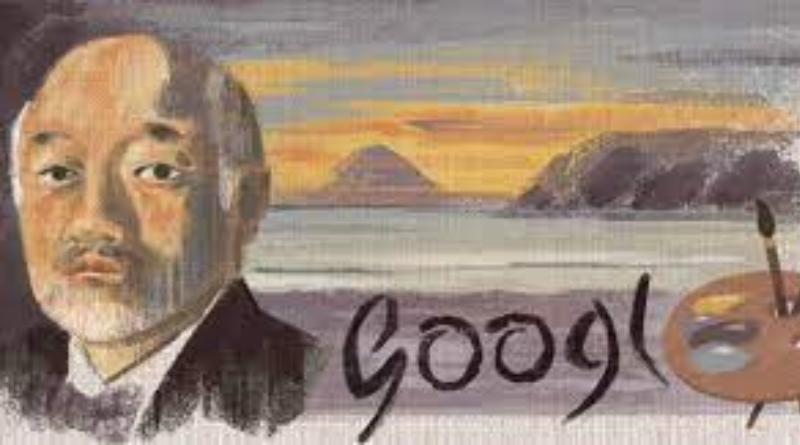
The Doodle celebrates the work of a Japanese painter. Kuroda Seiki was born in Kagoshima in 1866 and spent a decade studying academic style painting in France. Many consider Kuroda to be the father of western style paintings in Japan. This article explores the art of Kuroda Seiki. This article also examines the impact of Kuroda Seiki’s painting style on modern Japanese art.
Kuroda Seiki’s influence on Japanese art
This article examines the impact of Kuroda Seiki’s art on contemporary Japanese culture and society. His work is an excellent example of Japanese art influenced by Western culture. The art was developed by Kuroda Seiki during the mid-19th century, and many of his paintings are now found in galleries and museums around the world. The influence of Kuroda Seiki on Japanese culture can be seen in the works of many artists, including the famous Japanese painter Katsuki.
In 1893, Kuroda started work on a life-size painting of a nude figure entitled “Morning Toilet”. The work was destroyed during World War II, but Kuroda planned to bring it back to Japan. The Japanese public, however, disliked paintings of naked people, and so Kuroda decided to paint a picture of a nude figure that would be accepted by the general public.
His use of bold colour

Kuroda Seiki’s striking use of colour in the Google Doodle is reminiscent of his work as a painter. The Japanese artist spent ten years in France studying painting. He completed a painting called Morning Toilette at the end of his stay there. Kuroda used bold colours to express a sense of modernity. His work is reminiscent of his time in France, where he worked on the modern visual and cultural revolution.
This Doodle also celebrates the 156th birthday of Kuroda Seiki, a 19th-century Japanese painter who introduced Western art theory to his native country. He is credited as the father of Western-style painting in Japan. Born in Takamibaba, Satsuma Domain, Kuroda was adopted by his uncle. He spent a decade in Paris studying Western academic painting.
His figural poses
Today, the Japanese search engine Google is honoring a Japanese artist by featuring a doodle of his work. Kuroda Seiki was born in 1866 in Kagoshima. After studying in France for a decade, he returned to Japan to pursue his art and became one of the most influential painters of the modern era.
Many consider Kuroda Seiki the father of western-style paintings in Japan. Though Kuroda never explained to the public what his paintings meant, scholars believe his figural poses represent abstract concepts.
Although his Talk on Ancient Romance does not have an exact translation, scholars agree that his figural poses are meant to convey abstract concepts. Regardless of the meaning, the Doodle is a unique expression of the artist’s ideas. In short, Kuroda’s work was inspired by the teachings of the Buddha.
His teachings
Many of Kuroda Seiki’s teachings are still unfinished, and he was unable to complete them throughout his life. Perhaps that is why his work has remained so interesting in the modern world. Kuroda lived between opposing poles, and at times was forced to suffer for the greater good. In his later years, he found a way to combine his love of nature and his knowledge of art to create works of art that would change the world.
While in France, Kuroda studied for ten years before returning to Japan at age 27. During this time, he forged new friendships and studied the arts in a foreign country. He dropped his studies of law and began painting, inspired by a meeting of Japanese nationals in Paris in 1886.
He eventually became a successful painter, gaining international acclaim and selling works on the Continent.
SOURCE: www.ghnewslive.com






